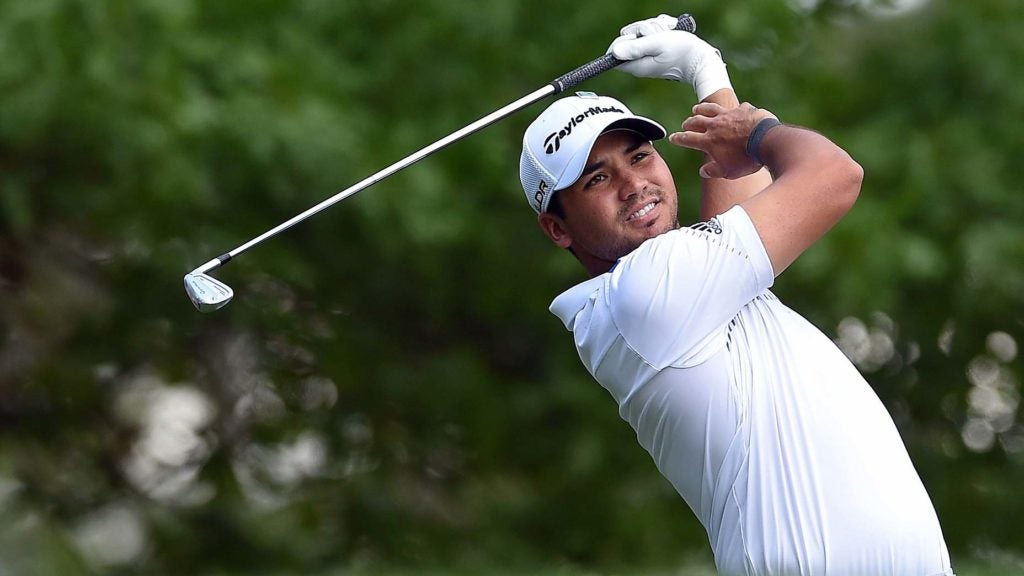Arnold Palmer is famous for, among other things, his iconic “thumbs up” to adoring galleries. (Sorry, Phil.) I was lucky enough to call Arnold a good friend; in 2006, we launched the Arnold Palmer Sports Health Center. He had an abiding interest in keeping people healthy and participating in the game he loved.
The thumb is remarkable, and we ask much of it. Gripping a golf club throughout the swing means positioning the thumb at multiple points in space, and that demands great flexibility. This flexibility is provided by two hinge joints and the very agile basilar joint — where the thumb plugs into your wrist — plus great strength and stability.
This balancing act can create a problem that manifests as friction at the basilar joint—aka arthritis. Almost all golfers will eventually get a little degenerative “wear and tear” arthritis at the thumb joint. I’ve operated on several PGA Tour Champions players, but most of us will have milder cases treatable by conservative measures.
Symptoms: Pain and modest swelling at the thumb’s base is common; more advanced cases may lead to a decrease in motion. Your hand may feel weakened as discomfort can lead to protecting the thumb from tasks (e.g., opening jars) in which grip power is necessary and potentially painful.
Self-Care: There is a wide range of nonsurgical managements—ice, heat, splints and judicious use of over-the-counter anti-inflammatories. Any splint used should include the thumb to help support the basilar joint.
Doctor Visit: A diagnosis will likely entail the doctor loading the thumb’s basilar joint and briefly “grinding” it — you may feel the discomfort and mechanical symptoms that accompany joint irregularity. An X-ray can help establish matters definitively. As for treatment beyond splinting and activity modification, a steroid shot can bring temporary relief. As a last resort, a reliable surgery can be performed that allows you to participate in most activities without restriction … including golf. Thumbs up to that!
